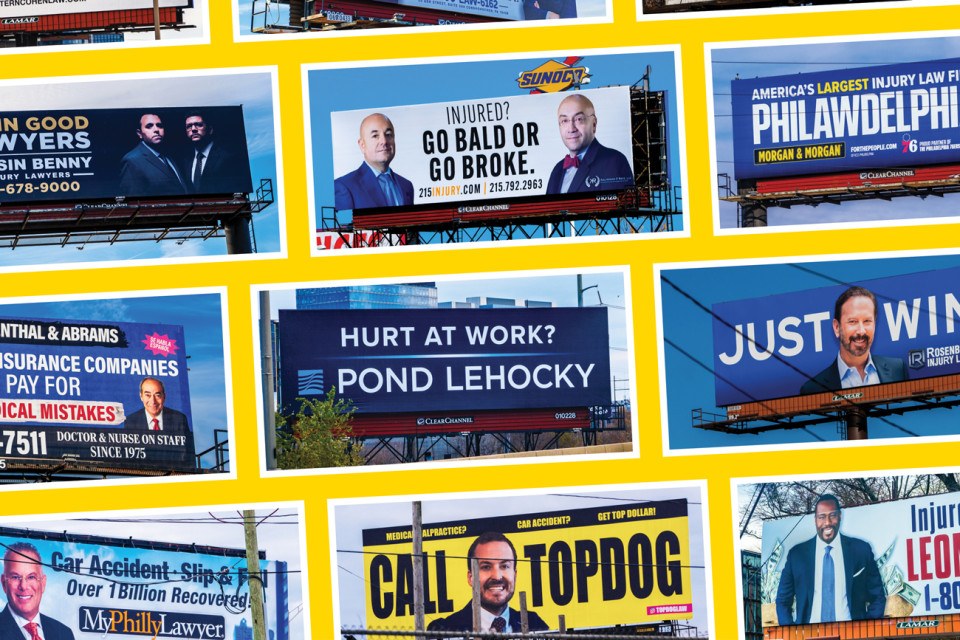Injury firms are increasingly ditching billboards for bots, analytics, and outside funding. The result? Law practices that look less like traditional firms and more like growth-stage startups. The focus is not on serving victims anymore. It’s on scaling a financial investment, where lawsuits are treated as assets and victims and clients as entries on a balance sheet.
The next generation of personal injury firms aren’t looking to win your case. They’re looking to scale their operations the way a tech company scales user growth. According to a new report from Lawfuel, the top-performing firms in 2025 operate more like tech startups than law practices. Their growth playbook includes AI-powered intake software, SEO-driven content engines, and analytics dashboards that predict the most profitable types of trauma.
“The most profitable PI firms of 2025 are playing a different game entirely. They are tech companies, data analysts, and master strategists who happen to practice law… Sophisticated search engine optimization and a high-quality content strategy, not simply the largest advertising budget, win the day.”
This is the same playbook we’ve seen in Arizona, where outside investors are taking ownership stakes in personal injury law firms. Wall Street firms are treating cases as assets, and the law office as a growth platform. As Lawfuel explains, today’s PI firms obsess over where cases are coming from, and how to squeeze every dollar out of them:
“Firms analyze complex demographic data, official accident statistics, and even emerging legislative trends to focus their marketing expenditures with surgical precision… Modern client intake systems utilize artificial intelligence and 24/7 human support to instantly capture, qualify, and engage every single lead.”
Some firms are even targeting Gen Z, building brand recognition on social media to reach consumers long before they ever need a lawyer. The goal isn’t justice. It’s volume.
The result is a personal injury industry optimized for growth and profit, while the people it claims to represent are left as little more than line items on a balance sheet. As the industry chases scale, consumers and victims pay the price.

